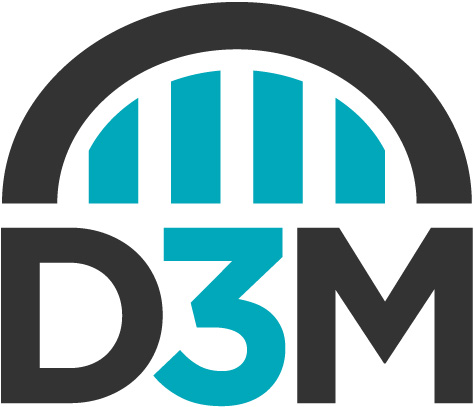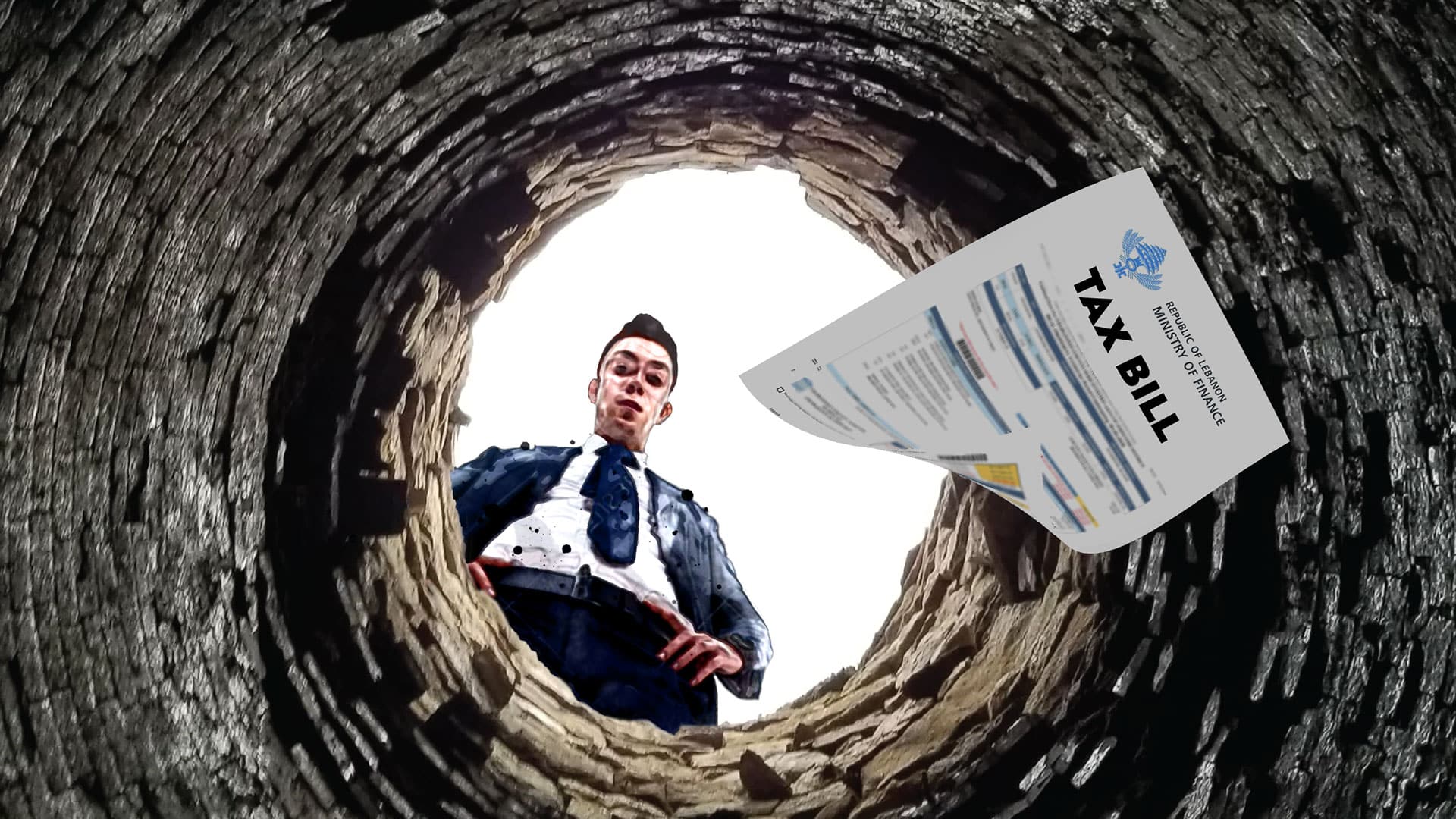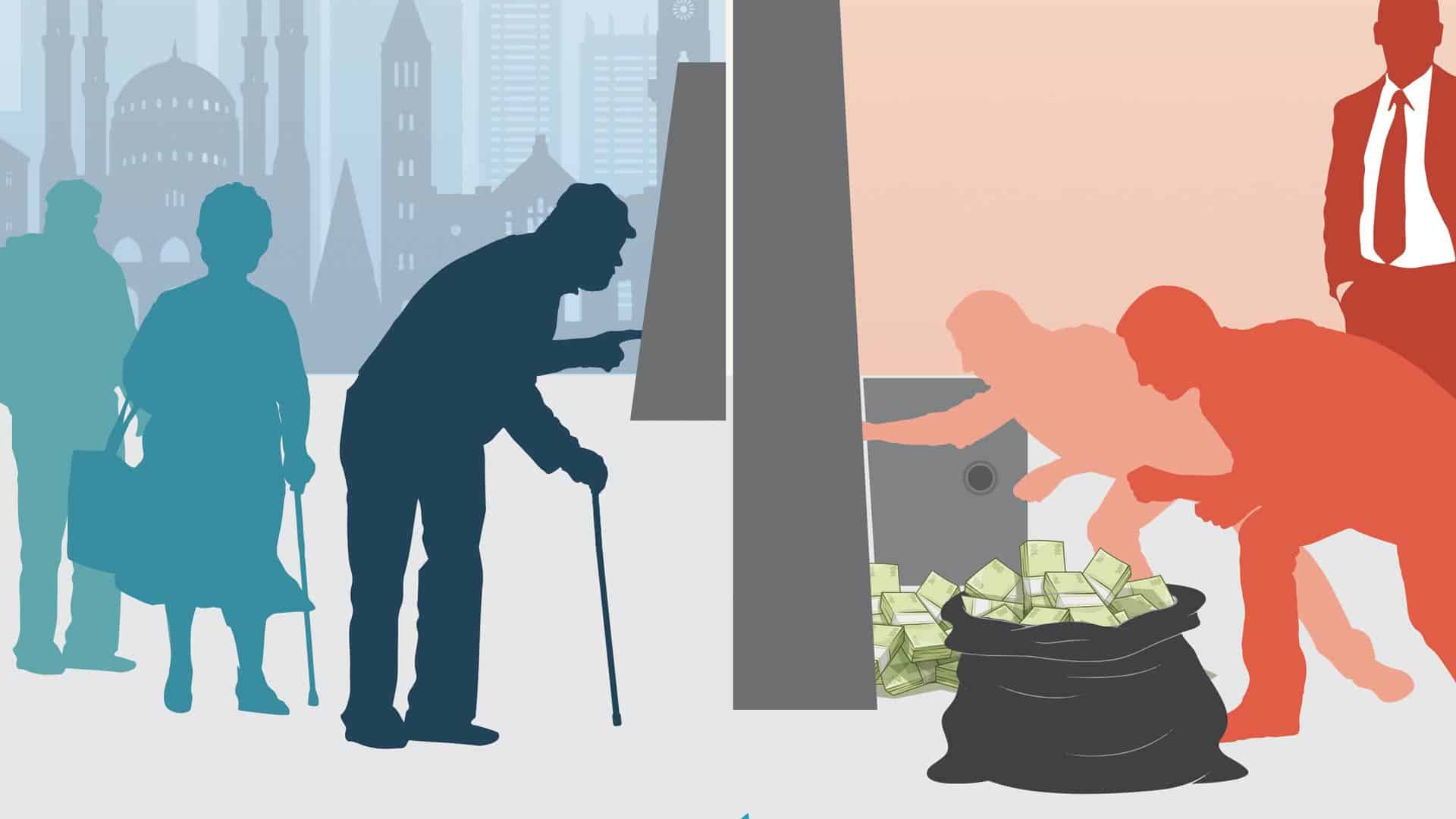Lebanon is in the midst of an unprecedented financial crisis with no apparent resolution in sight. The primary cause of this catastrophe has been the actions of the country’s political and financial elite, fronted by former Governor of the Banque du Liban, Riad Salameh. Salameh’s policies shielded the country’s banks from bankruptcy and enabled Lebanon’s elite to illicitly siphon off billions of dollars in public funds. Since then, the banking and political elites, intertwined in a web of familial and business ties, have avoided accountability for their role in the country’s ensuing economic collapse. Regrettably, small depositors have paid the price of this elite criminality. Nevertheless, there remains a viable avenue for redress in the shape of an equitable, transparent, and principled Progressive Deposit Recovery Plan. Through this plan, Lebanon’s government can ensure accountability for the crisis and kickstart the process of national financial and economic recovery.
I. Introduction
This position paper sets out a progressive deposit recovery plan (PDRP) with several interlinked aims. Namely, to hold those responsible for Lebanon’s financial crisis accountable, redress those impacted by the actions of the country’s banking elite, and create the conditions for a revitalized banking sector, in line with international banking standards, and general economic recovery. This strongly differs from the government and commercial banking sector’s financial plans which impose the burden of bank losses on Lebanon’s population, in strong contrast to international practices.
The PDRP’s Phase I involves a comprehensive audit of commercial banks and Lebanon’s central bank, the Banque du Liban (BDL), to assess the financial gap, and to facilitate a near-term repayment for small depositors. Also included in this phase are the enforcement of compliance standards and a clawback on excessive interest payments to depositors. The second phase involves the gradual repayment of large depositors through volunteer cash out, a bank bail-in, and the creation of a Deposit Recovery Fund (DRF). The plan also focuses on maintaining a viable central bank and commercial banking sector crucial for Lebanon’s economic recovery.
II. Progressive Deposit Recovery Plan
Comprehensive Audit:
The PDRP commences with a comprehensive audit of commercial banks and the BDL. The primary objective is to determine the exact size of the “financial gap”. This gap reflects the difference between what the banks owe depositors and the funds they have immediately available. Commercial bank liabilities to depositors are estimated at around $93 billion, whilst the banks’ liquid assets and required reserve deposits at BDL are believed to be approximately $13 billion. This results in a financial gap of $80 billion. The financial audit aims to eliminate any ambiguity in these estimates and provide precise data as a foundation to the plan.
Phase I
Financial Measures:
Following the audit, the financial measures under Phase I of the PDRP can be immediately implemented. This phase is focused on small depositors, who make up the majority of all account holders in Lebanon’s commercial banking sector. The goal of Phase I is to fully restore the savings of these small depositors, thereby providing widespread social relief amid Lebanon’s humanitarian and financial crises. Importantly, all deposit repayments in this phase will be made in the currency of the original deposit, ending the practice of converting deposits into the Lebanese lira.
Determining Near-term Payout Cap:
All accounts below a compliance threshold will be eligible for a near-term payout. The specific payout cap for this phase will be determined by the commercial banks’ liquid reserves and available reserves at BDL. The initial potential payout cap could have been as high as $500,000 and covered 98 percent of depositors if it had been implemented in 2020. Since then, billions of dollars have exited the commercial banking sector, while former BDL Governor Riad Salameh’s reckless monetary policies syphoned billions from BDL’s held reserves.
Given the large number of very small depositors, however, the majority will still be able to regain near-term access to all of their funds under the PDRP. Compliance exempt accounts with funds in excess of the near-term payout cap will be restored up to the cap, with the unresolved deposit amounts to be addressed in the next phase of the deposit recovery plan.
Enforcing Compliance Standards:
Profits from illicit activity likely make up a significant amount of remaining bank deposits. Subjecting all 1.4 million accounts to compliance measures would not be a realistic undertaking. Thus, a compliance threshold must be set that strikes a balance between scrutinising most of the funds while also avoiding an overly cumbersome process. For example, if the threshold is set at $500,000, around 98 percent of all accounts would be exempt from compliance measures. Account holders with balances exceeding the threshold will be required to produce documentation proving the legality of their funds, with a certification process conducted by commercial banks, a BDL committee, and the courts. Failure to produce valid documentation within six months, or pass the subsequent certification process, will result in forfeiture of the account.
Clawback on Excessive Interest Payments:
The PDRP also aims to address the excessive interest payments commercial banks paid customers during the BDL’s Ponzi-style financial engineering programme. During this period, banks offered high interest rates, often as high as 25 percent, on foreign currency deposits. This in turn created a significant disparity from international norms. The plan recalculates interest payments at a rate of 3 percent, potentially reducing outstanding deposit liabilities by approximately $9 billion.
Phase II
Phase II of the PDRP focuses on large deposit recovery and involves three avenues: the volunteer cash out, the bank bail-in, and the deposit recovery fund (DRF). These avenues will be financed differently and will require depositors to have a mixture of these sources for deposit recovery.
The Volunteer Cash Out:
Deposit recovery through a volunteer cash out will allow depositors to receive a portion of their funds at a discounted rate, with a cap not exceeding 10 percent of their deposit. Funding for this avenue will be derived from a clawback on dividends paid out to shareholders by commercial banks since 2015.
Bank Bail-In:
The audit of commercial banks will allow for a determination of their fair market value, and thus their fair share price. Shareholders must “bail-in” by injecting new capital equal to the value of the shares they wish to maintain or lose their equity stakes. Depositors can then receive these forfeited shares in lieu of a portion of their deposit repayment. Banks will maintain some capital for operational purposes during the sector’s consolidation and restructuring.
Deposit Recovery Fund:
The Deposit Recovery Fund (DRF) will manage the remaining commercial bank liabilities and be funded through three streams: government debt, the BDL’s acquired assets, and legal actions against those responsible for and benefiting from the crisis. It is important to note that no public assets or revenues will be used to cover commercial bank losses, therefore aligning with international standards. Beyond this, government debt in the form of Eurobonds held by commercial banks and the central bank will be transferred to the DRF. Revenue-generating assets BDL previously seized from insolvent banks, as well as from those banks deemed insolvent through the PDRP process, will also be allocated to the DRF. Revenues from these assets will be earmarked for professional syndicates and the National Social Security Fund to make payments to their beneficiaries.
Legal actions will be taken against those responsible for and benefiting from the financial crisis. These will include clawbacks on large-scale transfers out of the Lebanese banking system leading up to and following October 2019, financial penalties for those who facilitated illegal transfers, seizure of funds generated from illicit activities, and compensation from those who settled commercial loans above $1 million at discounted rates after October 2019.
The DRF is a public institution that will function with transparency and accountability mechanisms, including annual reporting and auditing.
Maintaining the BDL and a Viable Commercial Banking Sector
While the PDRP will see the central bank relinquish its available reserves to the near-term small depositor payout, and its acquired assets and Eurobonds to the DRF, BDL will maintain its gold reserves and other assets. Commercial banks that remain operational will also be obliged to place a 10 percent reserve requirement at BDL. The Lebanese government will then recapitalize BDL by $2.5 billion to allow the central bank to continue to carry out its monetary policy mandates.
Individual commercial banks can continue operating provided they can meet three criteria: They must fully repay all their depositors below near-term payout cap; existing shareholders must either recapitalise the bank (i.e. “bail-in”) or forfeit their shares as compensation to remaining depositors; and the banks must raise enough funds to meet a new capital adequacy ratio.
Banks that remain operational will be transferred back their share of DRF liabilities, as well as their previously held Eurobonds, thereby maintaining both liabilities and assets. Banks that remain operational must also earmark a portion of future profits to meet existing depositor liabilities until all are repaid.
III. Conclusion
These detailed phases and mechanisms constitute the Progressive Deposit Recovery Plan (PDRP). The plan aims to comprehensively address the losses imposed on Lebanese depositors by the elite during Lebanon’s financial crisis, enforce accountability for the crisis, while also opening the door to future banking sector revitalisation and general economic recovery.
This paper was compiled with the support of the Friedrich Ebert Stiftung.




